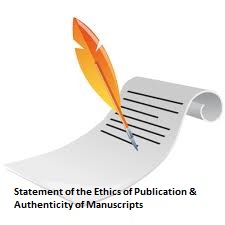Effectiveness Test of Ethyl Acetate Fraction Corn Hair (Zea mays L) as an Antihypertensive in Male White Rats
Keywords:
Hypertension, Corn Hair, Hypertension, Nacl 8%Abstract
Corn hair is a group of stigmas that are smooth, soft, and look like threads or yellowish hair. The use of corn hair, which is a waste from corn cultivation, is still limited to its use as a traditional medicine. Hypertension or high blood pressure is a chronic condition characterized by increased blood pressure on the walls of arteries. This study aims to determine the effect of the effectiveness of the ethyl acetate fraction of corn hair (Zea mays L) on the reduction of blood pressure in male white rats of the Wistar strain. This type of study is an experimental pre-test and post-test control group design, using Wistar male white rat test animals, the inducing used is NaCl 8%. Blood pressure measurements are carried out using the CODA®. Data analysis using the One Way Anova Statistical test followed by the Duncan test obtained the result that the administration of the ethyl acetate fraction of corn hair with doses of 250 mg/kgBB, 500 mg/kgBB, and 1000 mg/kgBB had a significant effect on reducing blood pressure (p<0.05). It can be concluded that the variation in the dose of the ethyl acetate fraction of corn hair (Zea mays L) has a significant difference in the reduction of blood pressure and affects histological improvement. The effective dose of the ethyl acetate fraction of corn hair in lowering blood pressure is a dose of 1000 mg/kgBB.
Downloads
Downloads
Published
How to Cite
Issue
Section
License
1. Copyright of all journal manuscripts is held by the JOPS (Journal Of Pharmacy and Science)
2. Formal legal provisions to access digital articles of electronic journal are subject to the provision of the Creative Commons Attribution-ShareAlike license (CC BY-NC-SA), which means that JOPS (Journal Of Pharmacy and Science) is rightful to keep, transfer media/format, manage in the form of databases, maintain, and publish articles.
3. Published manuscripts both printed and electronic are open access for educational, research, and library purposes. Additiponally, the editorial board is not responsible for any violations of copyright law.
licensed under a Creative Commons Attribution-ShareAlike 4.0 International License.










